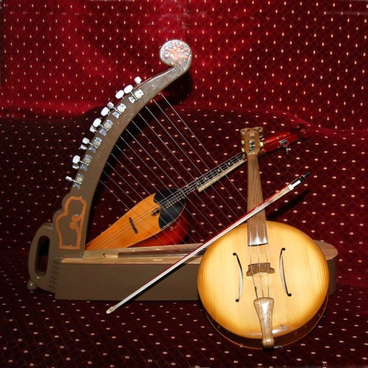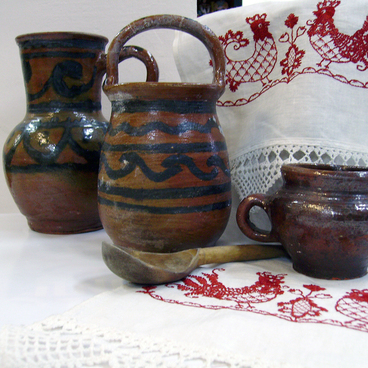Traditional circle dances are an integral part of the Yakut cultural heritage. They reflect the religious and philosophical ideas, the archaic worldview of the people. All that is most vividly demonstrated through the content, structure, and language of the traditional circle dance osuokhaye. Its origin is a ritual dance of gratitude and prayer addressed to the deities Aiyi and spirits of nature ichi.
Osuokhaye blended seamlessly into the structure of the ancient ritual ceremony ysyakh, where the Yakuts’ prayers to the heavenly beings, especially to the supreme deity Yuryung Ayii Toion, a personified image of the Sun, were of great importance. The prayers for happiness, grace, cattle breeding, and other blessings were held throughout ysyakh, that is the Yakut New Year, which was traditionally celebrated on June 21-22.
The evidence of Yakut worshipping the Sun can be found in many research papers. The image of the Sun is imprinted in the composition and spatial pattern of osuokhay. It was performed in the open air, in a specially prepared place —tusulgе, which has a shape similar to a circle. The repetitive circular movements in the course of the dance imitated the divine path — ayii suola. The movement of the participants of the osuokhay was sup osed to repeat the trajectory of the revered luminary.
In the 20th century, the dance acquired a secular character, and after the revolution, it was also ascribed an ideological tone. Nowadays, osuokhay has not lost its relevance. It has become very popular and universal. The dance is performed not only during various rites, as it was before, but also at secular public events.
Osuokhaye blended seamlessly into the structure of the ancient ritual ceremony ysyakh, where the Yakuts’ prayers to the heavenly beings, especially to the supreme deity Yuryung Ayii Toion, a personified image of the Sun, were of great importance. The prayers for happiness, grace, cattle breeding, and other blessings were held throughout ysyakh, that is the Yakut New Year, which was traditionally celebrated on June 21-22.
The evidence of Yakut worshipping the Sun can be found in many research papers. The image of the Sun is imprinted in the composition and spatial pattern of osuokhay. It was performed in the open air, in a specially prepared place —tusulgе, which has a shape similar to a circle. The repetitive circular movements in the course of the dance imitated the divine path — ayii suola. The movement of the participants of the osuokhay was sup osed to repeat the trajectory of the revered luminary.
In the 20th century, the dance acquired a secular character, and after the revolution, it was also ascribed an ideological tone. Nowadays, osuokhay has not lost its relevance. It has become very popular and universal. The dance is performed not only during various rites, as it was before, but also at secular public events.



